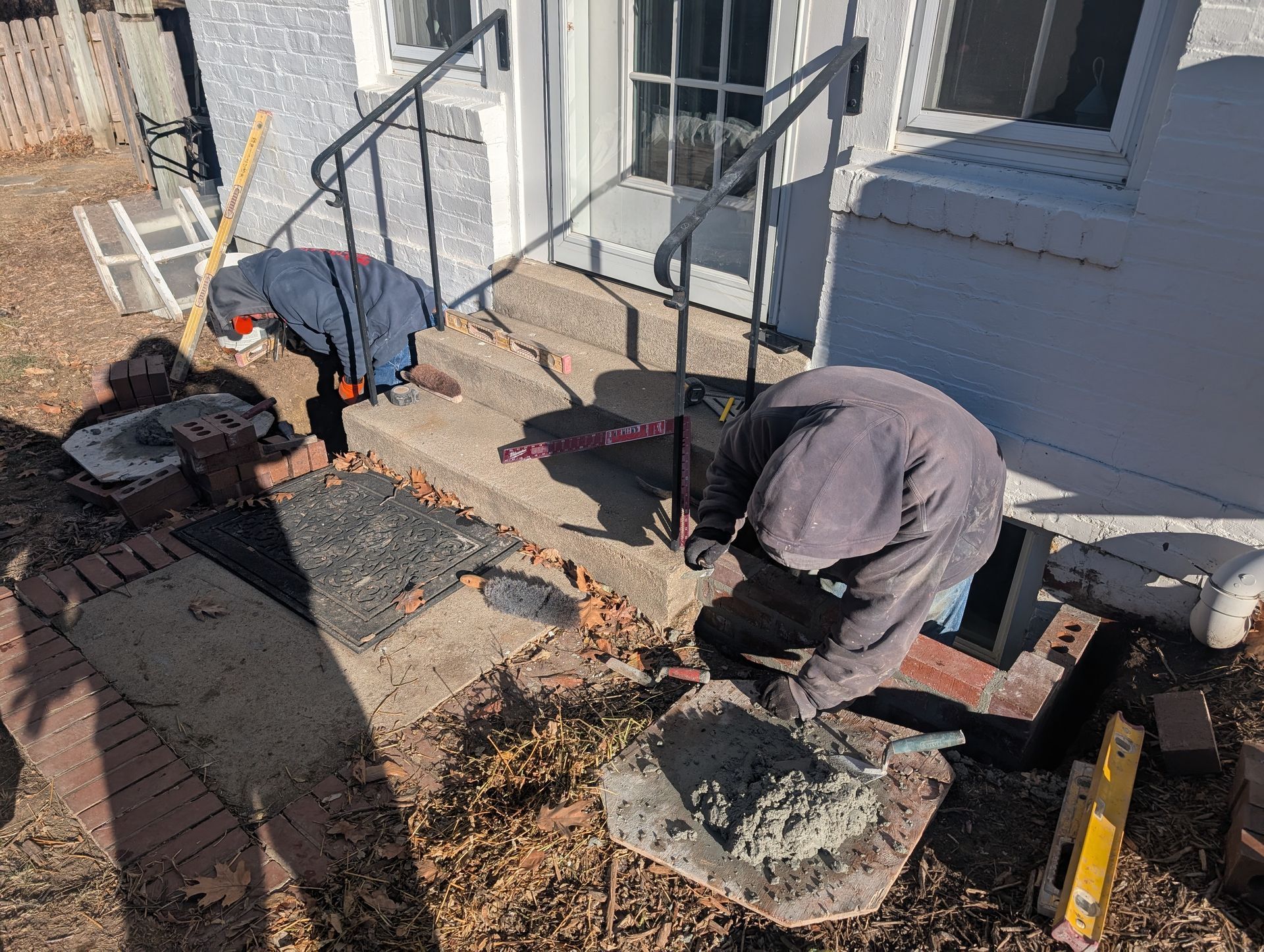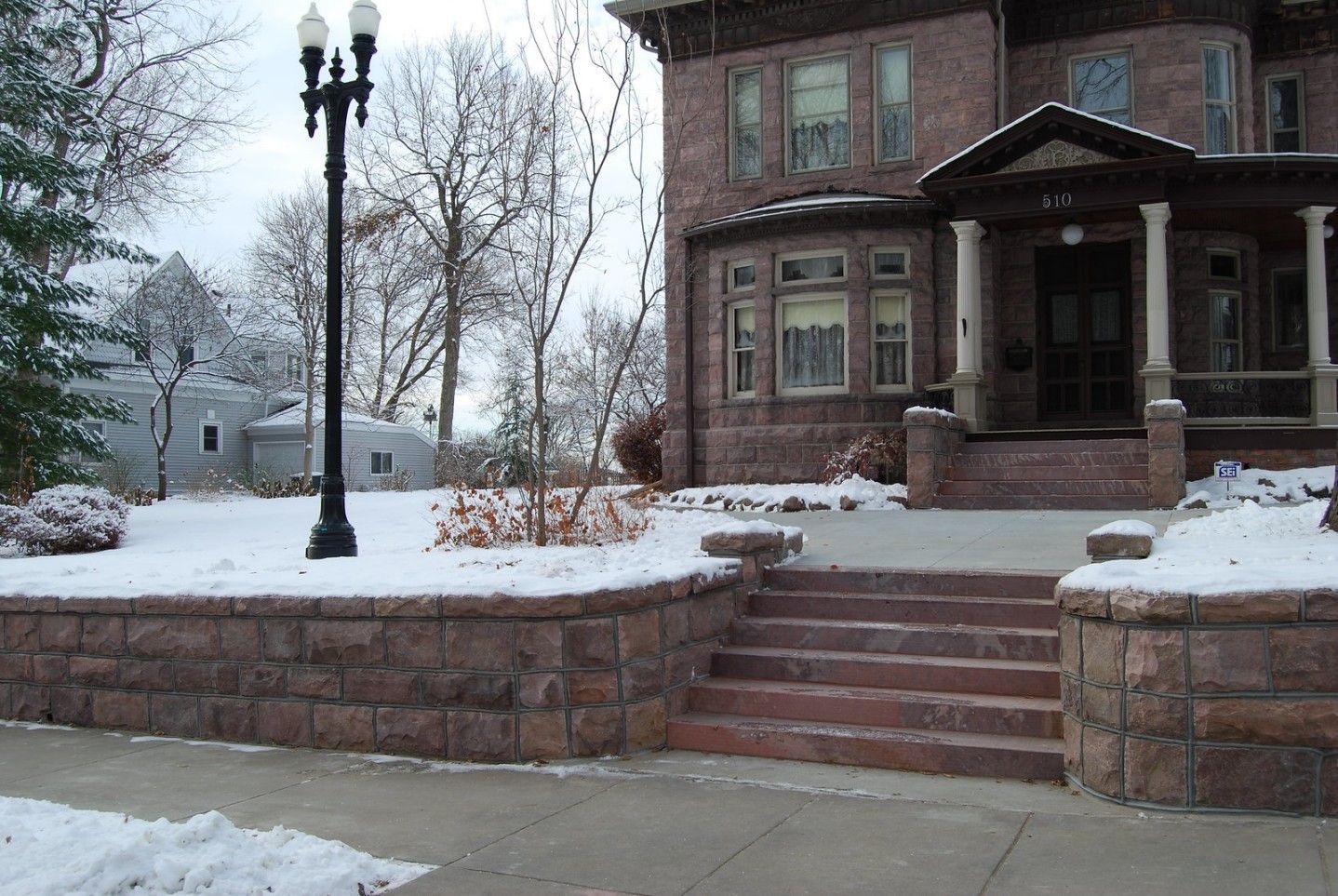Call Us Today! (712) 545-9006
Call Us Today! (712) 545-9006
Serving Omaha, NE, Council Bluffs, Iowa and Surrounding Neighborhoods
Blog

By Justin Markuson
•
March 19, 2025
Tips to Keep Your Masonry in Top Shape: Markuson Construction Inc. is your company to call for all your masonry needs! A brick home is not only beautiful but also durable and timeless. However, even the strongest brickwork requires regular maintenance to stay in top shape. Without proper care, weather exposure, moisture, and time can take a toll on your home's masonry, leading to costly repairs. Here are some essential maintenance tips to keep your brick home looking great and structurally sound for years to come. 1. Inspect Your Brickwork Regularly Regular inspections allow you to catch minor issues before they become major problems. Look for signs of damage, such as cracks, crumbling mortar, or loose bricks. Pay special attention to areas near gutters, downspouts, and the foundation, as these spots are most susceptible to water damage. 2. Keep Your Bricks Clean Dirt, mold, and mildew can accumulate on brick surfaces over time. Use a garden hose or a low-pressure power washer to remove grime. Avoid using harsh chemicals or high-pressure washing, as these can erode the brick and mortar. For tougher stains, mix mild dish soap with water and scrub with a soft-bristle brush. 3. Check and Maintain Mortar Joints The mortar holding your bricks together can deteriorate over time due to weather exposure. If you notice gaps or crumbling mortar, it may be time for tuck-pointing—a process where old mortar is removed and replaced with fresh mortar. This helps maintain the structural integrity of your brickwork and prevents moisture penetration. 4. Protect Against Water Damage Water is one of the biggest threats to brick homes. Ensure that gutters and downspouts are functioning properly to direct water away from the brickwork. If you notice water pooling around your foundation, consider grading the soil or installing a French drain to improve drainage. Additionally, applying a breathable masonry sealant can help protect against excessive moisture. 5. Watch for Efflorescence Efflorescence appears as a white, powdery residue on brick surfaces and is caused by water-soluble salts migrating to the surface. While not structurally harmful, it can be unsightly. You can remove it by scrubbing with a dry brush or using a mixture of vinegar and water. To prevent efflorescence, address any moisture issues promptly. 6. Trim Overgrown Vegetation Plants, vines, and shrubs growing too close to your brick walls can trap moisture against the surface, leading to potential damage. Trim back any overgrown vegetation to allow for proper airflow and reduce the risk of mold or moss growth on the bricks. 7. Repair Any Cracked or Damaged Bricks If you notice any cracked or broken bricks, it’s important to replace them as soon as possible. Damaged bricks can weaken the surrounding structure and allow water to seep in. A professional masonry contractor can remove the damaged bricks and replace them with matching ones to maintain your home’s appearance and stability. 8. Prepare for Harsh Weather Conditions If you live in an area with extreme temperatures, your brickwork may be susceptible to freeze-thaw cycles that can cause cracks. Applying a water-repellent treatment before winter can help minimize water absorption and reduce the risk of damage. 9. Hire a Professional for Masonry Restoration For historic or older brick homes, professional masonry restoration is often necessary to preserve the home’s original beauty and structure. If you’re unsure about the condition of your brickwork, consulting a skilled masonry contractor like Markuson Construction Inc. can help you determine the best course of action. Final Thoughts With proper care, a brick home can last for generations. By performing routine inspections, keeping your brickwork clean, maintaining mortar joints, and protecting against moisture damage, you can ensure your home remains both beautiful and structurally sound. If you need expert masonry restoration or tuck-pointing services, Markuson Construction Inc. is here to help. Contact us today to keep your brick home in top condition!
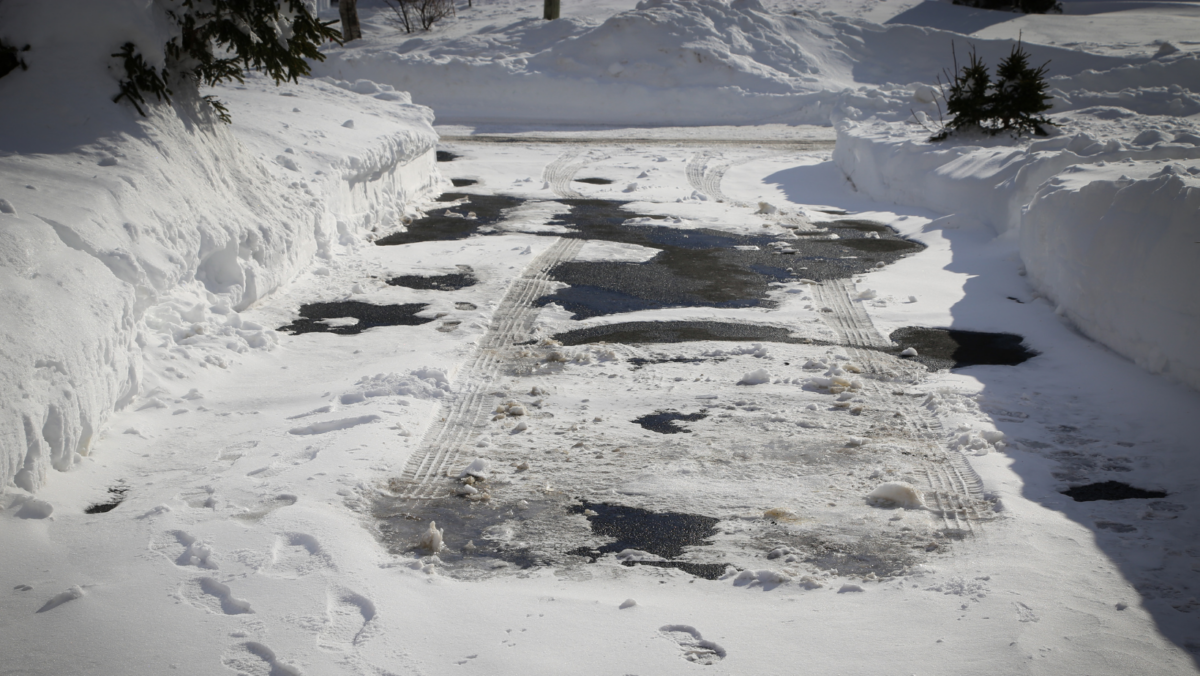
By Justin Markuson
•
February 15, 2025
Winter can be tough on concrete surfaces, especially with the freezing temperatures, snow, and ice that come with it. From driveways and sidewalks to patios and garage floors, concrete takes a beating during the colder months. But with a little maintenance before and after the winter season, you can protect your concrete and keep it looking great year-round. Here’s everything you need to know about winterizing your concrete surfaces. 1. Seal Your Concrete Surfaces One of the best ways to protect your concrete before the winter months is by applying a high-quality sealer. Sealers create a barrier that helps to prevent moisture, dirt, and chemicals from penetrating the concrete, which can cause cracks, stains, and deterioration over time. Look for sealers that specifically protect against the salt used to melt ice and snow. Prosoco Saltguard is an excellent choice for concrete surfaces. It’s designed to repel the damaging effects of salt and water, keeping your concrete surfaces in top shape, no matter how harsh the winter conditions get. By sealing your driveway, sidewalks, or patios before the winter, you ensure that water and salt can’t penetrate the surface, which reduces the likelihood of cracks, spalling, and deterioration. Sealing should be done once every 1-2 years for maximum protection, especially before the first snowstorm of the season. 2. Seal Any Cracks with High-Quality Caulking Before applying the sealer, be sure to inspect your concrete for any cracks or gaps that need attention. Cracks in concrete can worsen during the winter months as moisture seeps into them and freezes. The freeze-thaw cycle causes the cracks to expand, leading to bigger problems in the future. A high-quality caulk like MasterSeal NP1 is perfect for sealing cracks in concrete. This product is flexible, durable, and designed for long-lasting repairs. Simply fill in any gaps or cracks with the caulk, smooth it out, and allow it to cure properly before sealing the rest of the surface. 3. Choose the Right Ice Melt for Your Concrete and Pets Ice melt is a necessity for safety during winter, but traditional salt can cause long-term damage to your concrete surfaces. It’s essential to choose an ice melt that is safe for both your concrete and pets. Here are some great alternatives to traditional rock salt that are less corrosive to concrete and safer for pets: Magnesium Chloride: This ice melt is less corrosive than other options and is effective at melting ice down to -13°F. It’s also pet-friendly and safe for use around plants and landscaping, making it an excellent choice for families and gardeners. Plus, it’s more biodegradable, reducing its environmental impact. Propylene Glycol: This is another safe option, known for its ability to melt ice down to -75°F. It’s pet-friendly and won’t harm your concrete, making it perfect for driveways, walkways, and patios. Many products containing propylene glycol also include aggregate for added traction, helping to prevent slips and falls during icy conditions. Calcium Chloride: While effective in even colder temperatures (down to -25°F), calcium chloride can be corrosive to metal and may damage interior floors. It’s best to use calcium chloride outside and away from delicate surfaces. 4. Routine Maintenance During Winter Even after you’ve sealed and protected your concrete, it’s essential to perform routine maintenance throughout the winter. Here are a few tips to keep your surfaces in excellent condition: Shovel or Snow Blower: Remove snow as soon as possible to prevent it from sitting on your concrete surfaces for extended periods. The longer the snow sits, the more chance there is for moisture to freeze and damage the surface. Use Safe Tools: Avoid using metal shovels or plows that could scratch the concrete. Opt for plastic shovels or snow blowers that won’t leave marks or damage the surface. Gentle Ice Melt Application: Apply ice melt sparingly. Using too much can lead to staining or residue buildup on your concrete. Spread it evenly and remove any excess after the snow has melted. 5. Spring Maintenance and Inspection Once winter is over, it’s time for a spring inspection of your concrete surfaces. Look for any signs of damage, such as cracks, spalling, or staining. If you notice any issues, address them right away to prevent further damage. Reapply sealer if necessary and touch up any areas where cracks or damage have occurred. You may also need to clean your concrete with a pressure washer to remove any remaining salt residue that could cause problems down the line. Conclusion Winter can be hard on concrete surfaces, but with the right preparation and maintenance, you can ensure your driveways, sidewalks, patios, and garage floors stay safe and beautiful through the cold months. Use a high-quality sealer, seal cracks with MasterSeal NP1, choose safe ice melt options like Magnesium Chloride or Propylene Glycol, and perform routine care to protect your concrete from the harsh winter elements. When spring arrives, you’ll have concrete that’s as good as new, ready to face the warmer months with ease. If you need help with concrete maintenance, sealing, or restoration, don’t hesitate to reach out to our team. We specialize in protecting and restoring concrete surfaces, keeping your home’s exterior looking great all year round!

By Justin Markuson
•
February 10, 2025
Let’s face it, the Monday after Super Bowl Sunday can feel like a tough one. Whether you were hosting a watch party, cheering for your favorite team, or just enjoying the snacks (we all know the game is as much about the food as it is about the sport), getting back into the groove on Monday can feel like a challenge. But rather than letting the "Monday Blues" get the best of you, why not use this time to think ahead to something that will lift your spirits and give you something exciting to look forward to? Spring is just around the corner, and it’s the perfect time to start planning those home improvement projects you've been dreaming about. Instead of being bogged down by post-Super Bowl sluggishness, channel your energy into creating a fresh space for the new season. With the right project, you can not only get your home ready for spring but also feel a sense of accomplishment and renewal
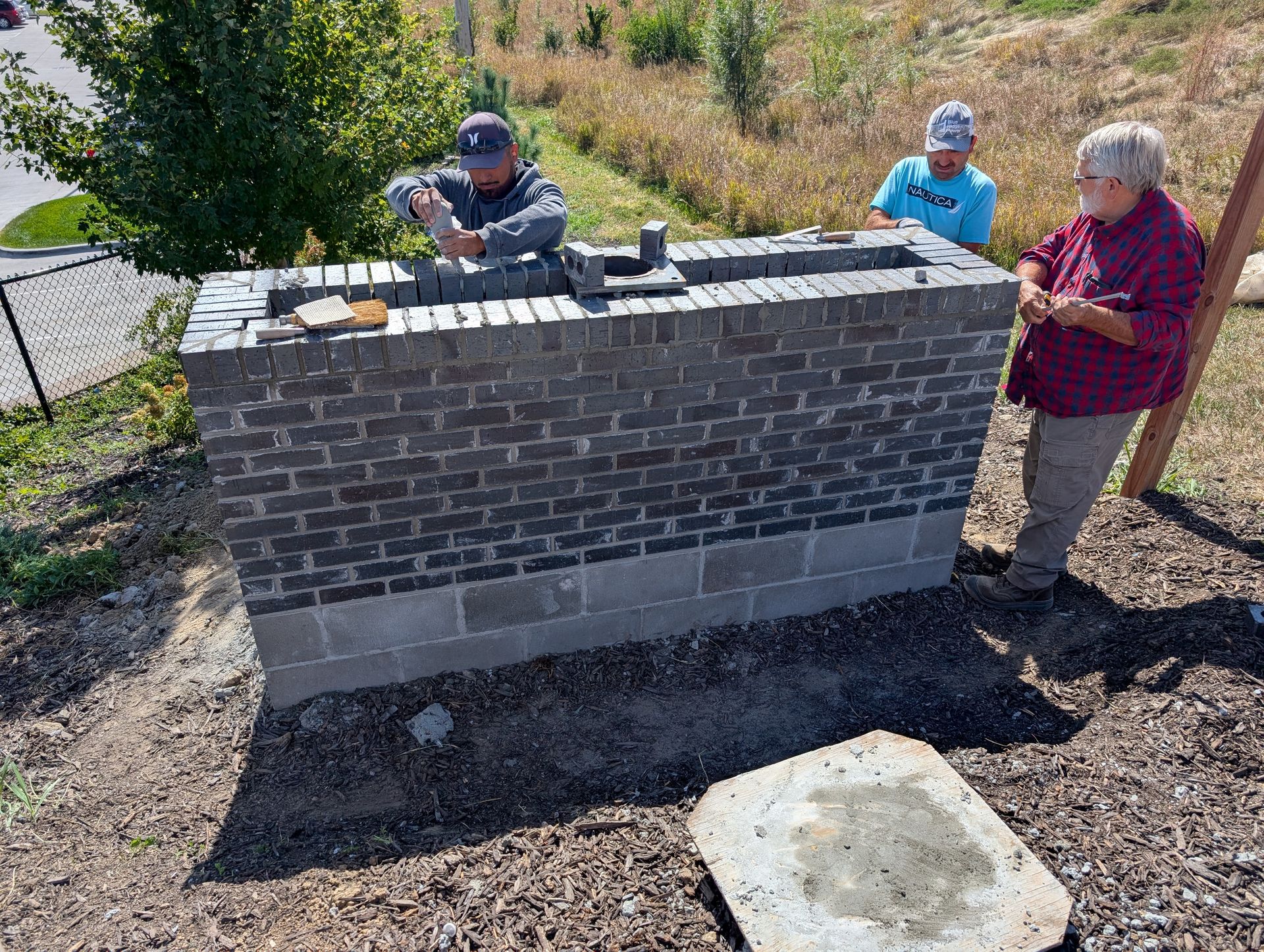
By Justin Markuson
•
February 1, 2025
🌟 Exciting news! Markuson Construction Inc teamed up with Design8 Studios to create another stunning business sign right here in Elkhorn, Nebraska! 🎨🏗️ We're committed to bringing your visions to life with high-quality craftsmanship and creative design. #ElkhornBusiness #SignOfSuccess #MarkusonConstruction ✨
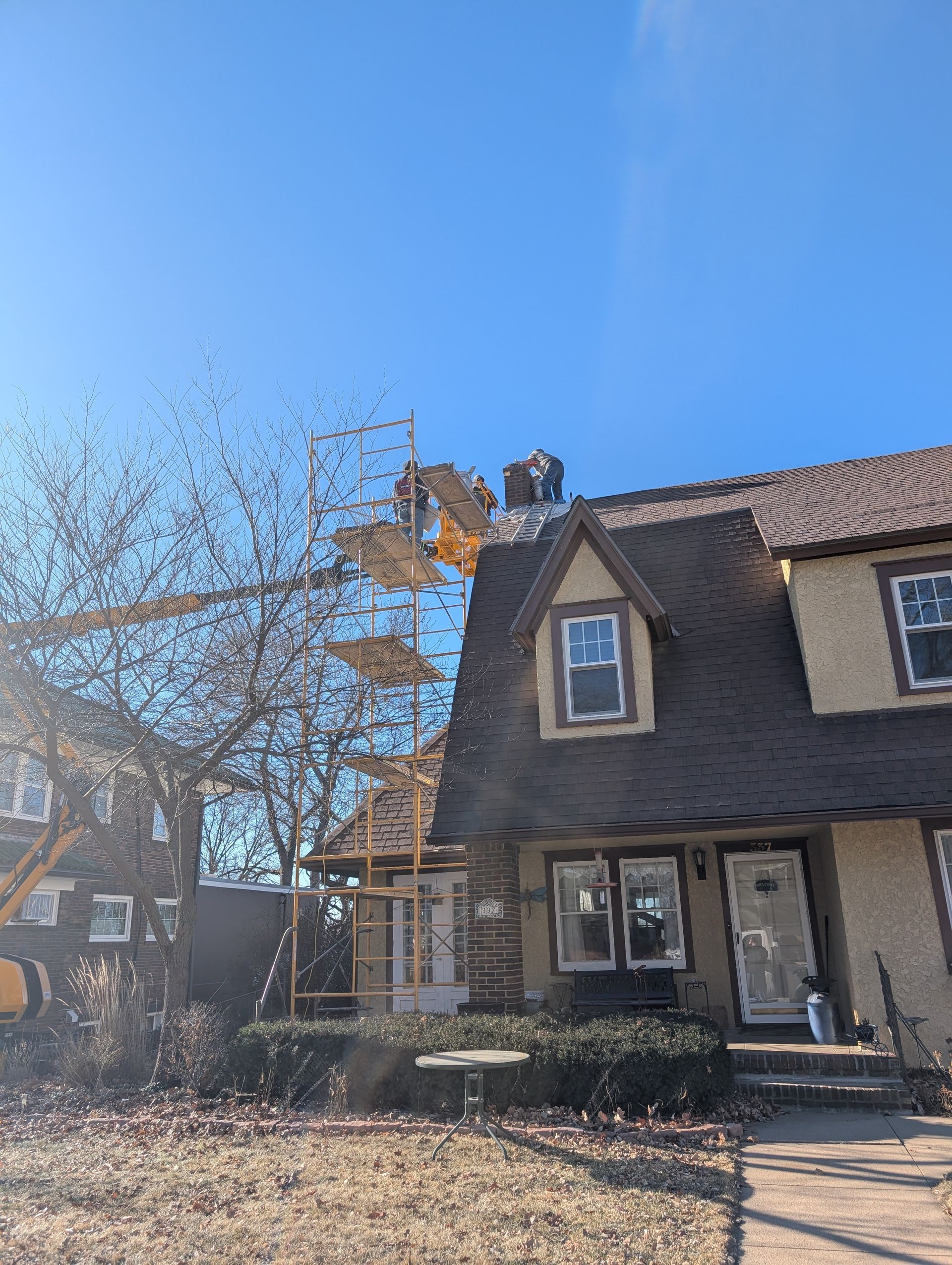
By Justin Markuson
•
February 1, 2025
Restoring history one chimney at a time! Markuson Construction Inc. is hard at work in Council Bluffs, Iowa, bringing this chimney back to its former glory. Our masonry restoration team takes pride in reviving the beauty and functionality of your home. Stay tuned for more transformations! 🏡❤️ #MarkusonConstruction #MasonryRestoration #CouncilBluffs 🧱
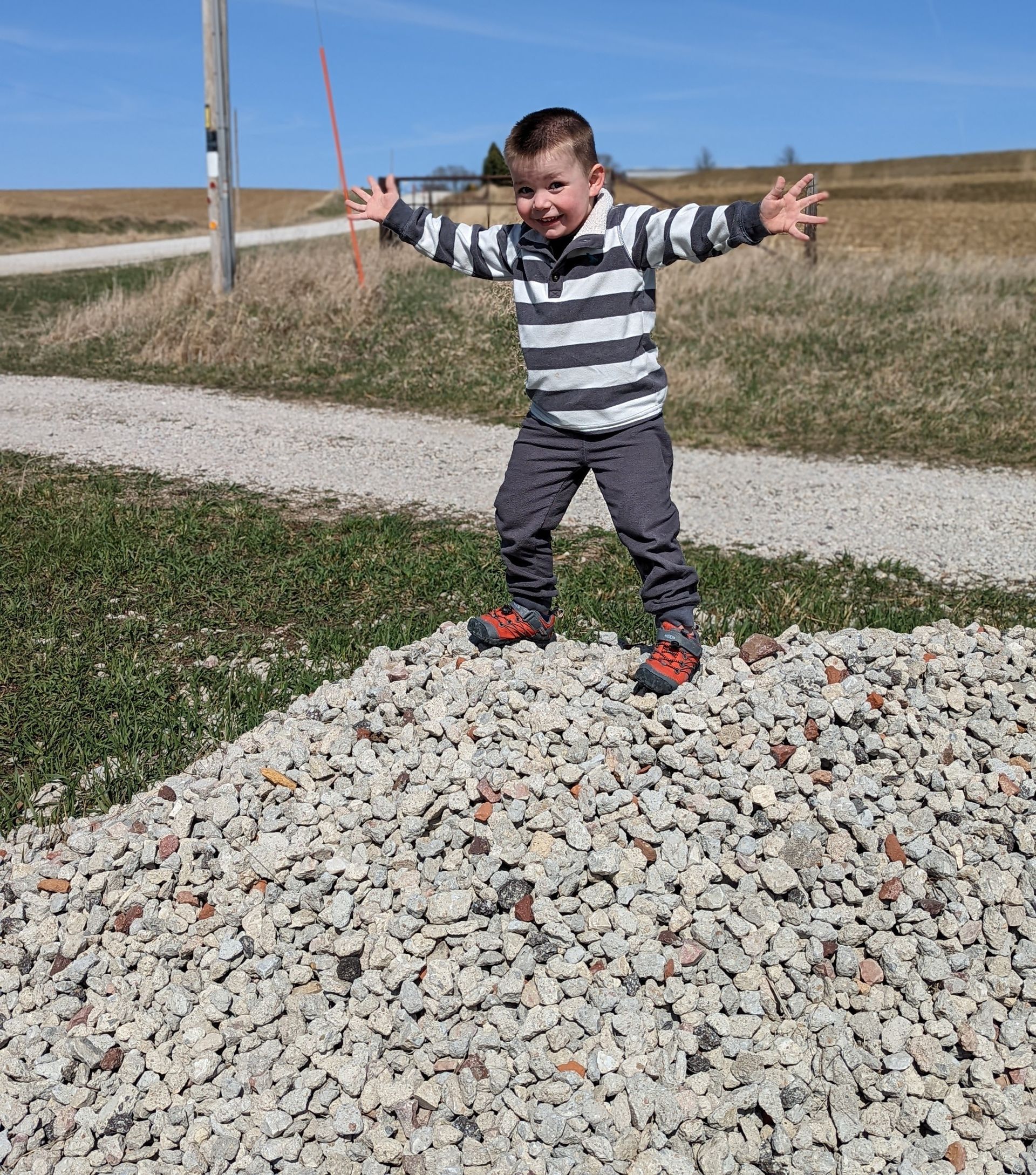
January 23, 2025
Markuson Construction Inc. is counting down the days until spring—and with only 56 days left, including today, the excitement is building! Once spring arrives, it’s go-time for all the outdoor projects that have been eagerly anticipated by the team and their great customers. From new builds to renovations, patios, and everything in between, the warmer weather is the perfect time to get to work. The crew at Markuson Construction Inc. must be ready to jump into action, bringing all those plans to life and helping their customers create the spaces they've been dreaming about. It’s almost here—spring is just around the corner!
Contact Information
Phone: (712) 545-9006
Serving Omaha, NE, Southwest Iowa, and Surrounding Areas
Business Hours:
Monday - Saturday: 8:00 am - 5:00 pm
Sunday: Closed
Proudly Serving Our Neighbors In
- Omaha, Nebraska
- Millard, Nebraska
- Papillion, Nebraska
- Ralston, Nebraska
- La Vista , Nebraska
- Bellevue, Nebraska
- Bennington, Nebraska
- Gretna, Nebraska
- Elkhorn, Nebraska
- Ashland, Nebraska
- Wahoo, Nebraska
- Yutan, Nebraska
- Springfield, Nebraska
- Louisville, Nebraska
- Fort Calhoun, Nebraska
- Waterloo, Nebraska
- Blair, Nebraska
- Tekamah, Nebraska
- Nebraska City , Nebraska
- Plattsmouth, Nebraska
- Fremont, Nebraska
- Council Bluffs, Iowa
- Crescent, Iowa
- Missouri Valley, Iowa
- Logan, Iowa
- Dunlap, Iowa
- Woodbine, Iowa
- Pisgah, Iowa
- Mondamin, Iowa
- Modal, Iowa
- Neola, Iowa
- Oakland, Iowa
- Carson, Iowa
- Shenandoah, Iowa
- Underwood, Iowa
- Avoca, Iowa
- Harlan, Iowa
- Walnut, Iowa
- Shelby, Iowa
- Minden, Iowa
- Treynor, Iowa
- McClelland, Iowa
- Atlantic, Iowa
- Lewis, Iowa
- Glenwood, Iowa
- Red Oak, Iowa
- Malvern, Iowa
- Honey Creek, Iowa
- Beebeetown, Iowa
Contact Us If You Don't See Your Area Listed
Content, including images, displayed on this website is protected by copyright laws. Downloading, republication, retransmission or reproduction of content on this website is strictly prohibited. Terms of Use
| Privacy Policy

